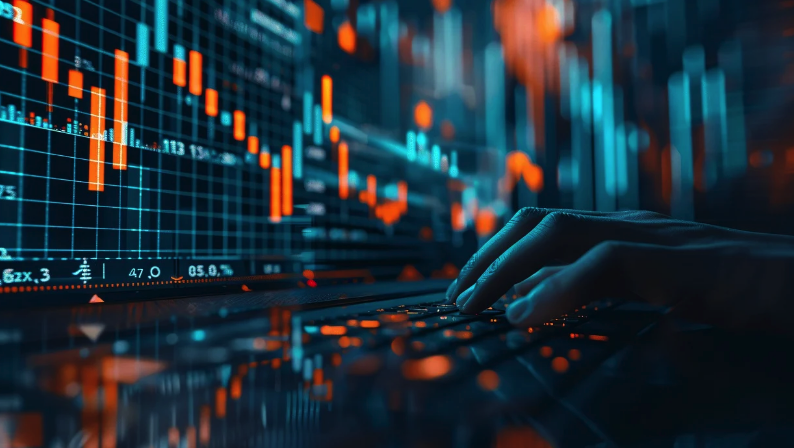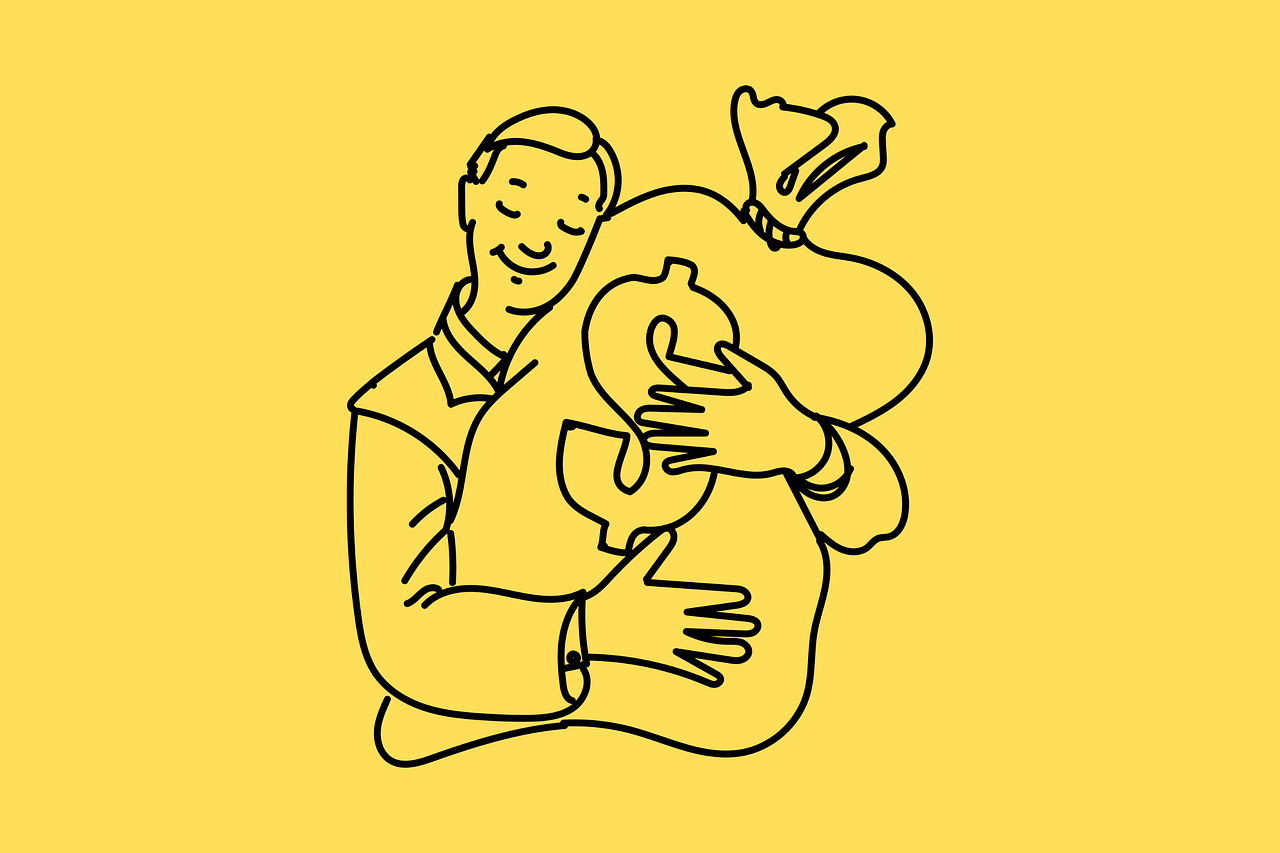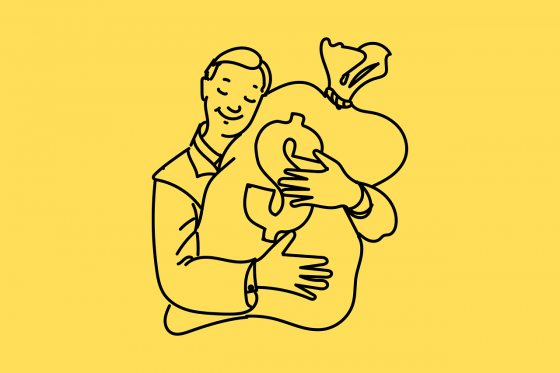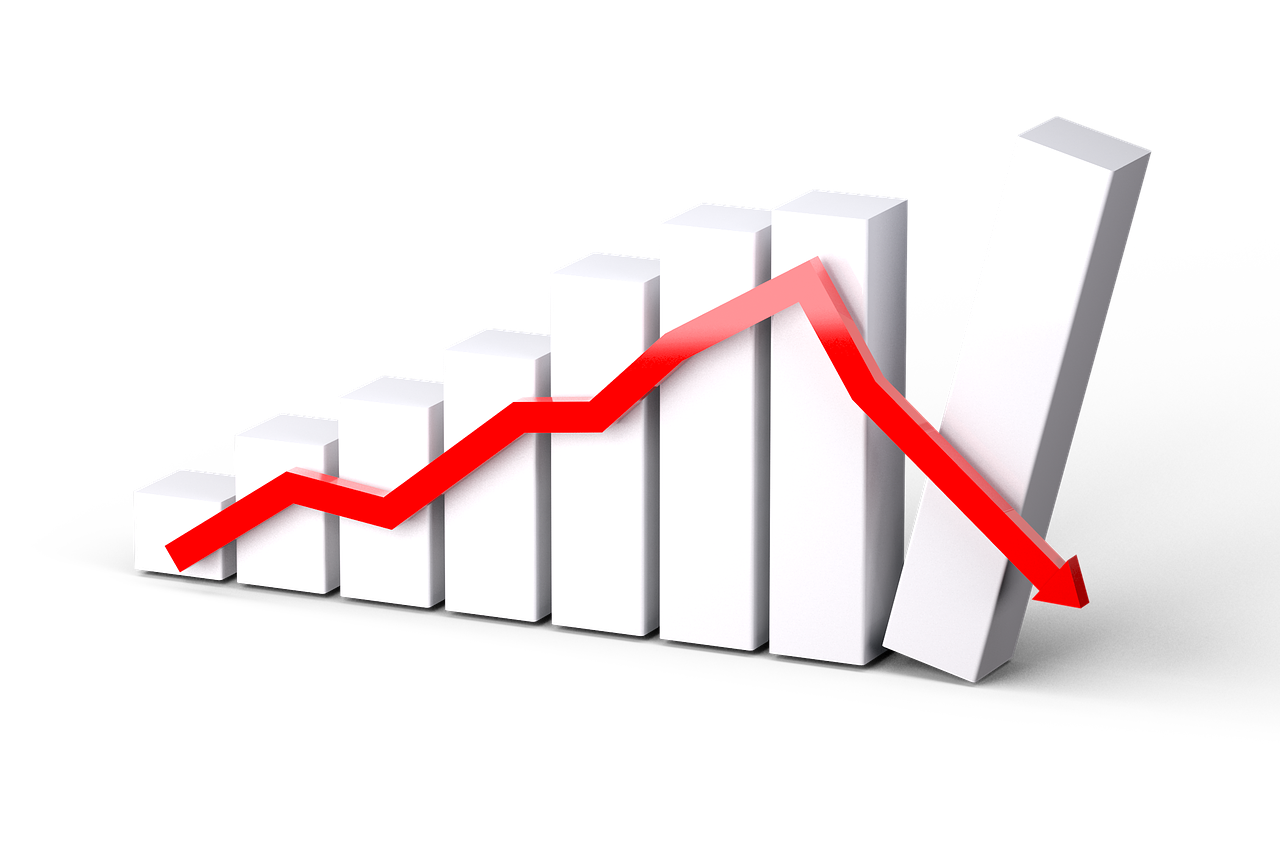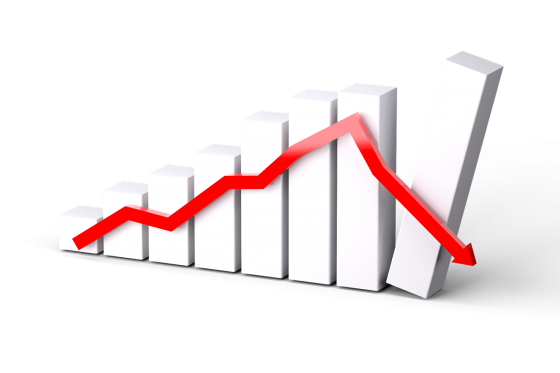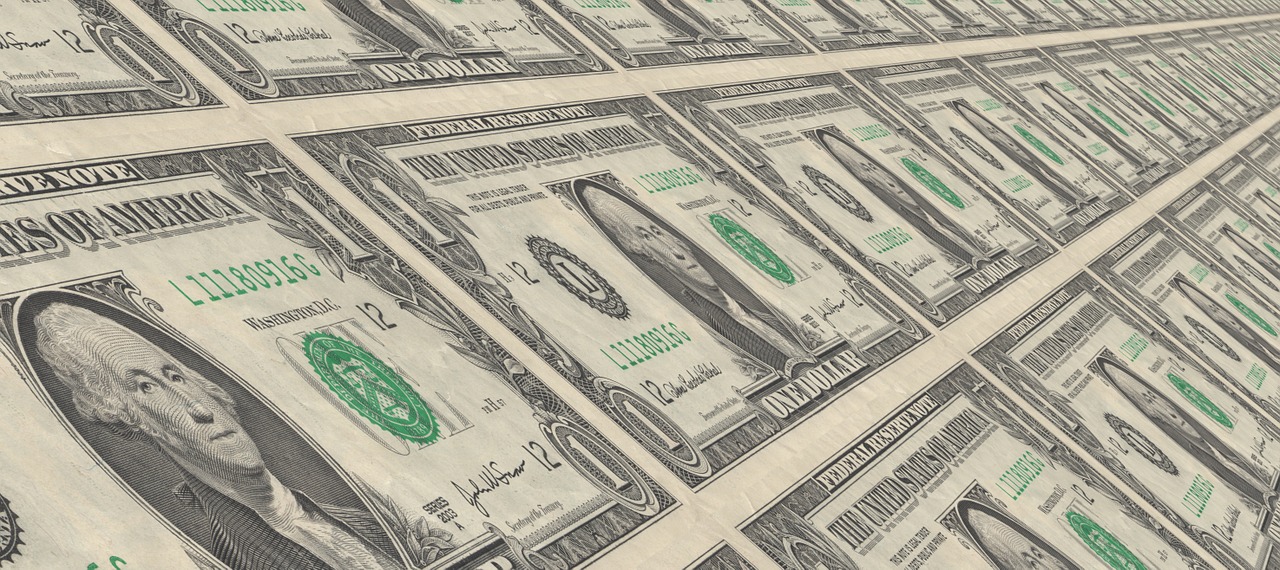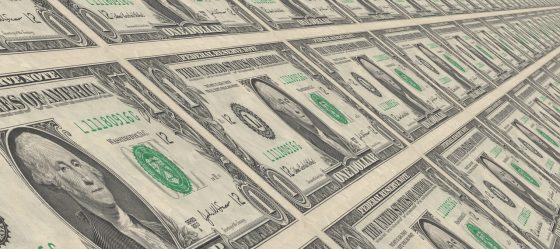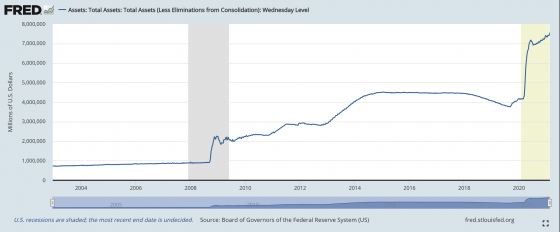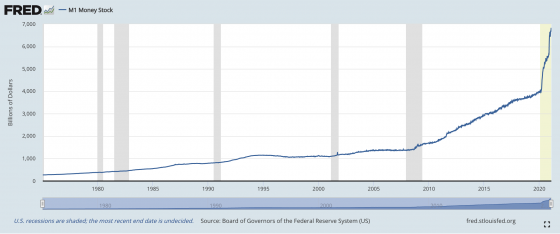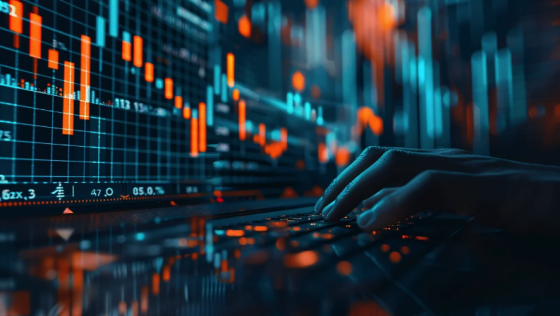 If you are surprised by what is happening in the financial world right now, you probably haven’t been paying much attention. Stock prices were obscenely high and many investors were massively overleveraged. The Dow Jones Industrial Average plummeted by more than 1,000 points on Monday, and stock prices are still obscenely high and many investors are still massively overleveraged. During the days ahead, we are going to see some wild ups and some wild downs, and this tragedy is going to take some time to fully play out. But without a doubt, we have got a major problem on our hands.
If you are surprised by what is happening in the financial world right now, you probably haven’t been paying much attention. Stock prices were obscenely high and many investors were massively overleveraged. The Dow Jones Industrial Average plummeted by more than 1,000 points on Monday, and stock prices are still obscenely high and many investors are still massively overleveraged. During the days ahead, we are going to see some wild ups and some wild downs, and this tragedy is going to take some time to fully play out. But without a doubt, we have got a major problem on our hands.
After the chaos that we witnessed on Friday, I wasn’t sure that we would see even more carnage on Monday, but that is precisely what transpired…
The Dow Jones Industrial Average declined 1,033.99 points, or 2.6%, to close at 38,703.27. The S&P 500 fell 3%, ending at 5,186.33. Both averages notched their worst daily losses since September 2022.
The tech-heavy Nasdaq Composite shed 3.43%, finishing at 16,200.08.
At one point the Nasdaq was down more than 1,000 points.
That is the first time in history that has ever happened.
If you can believe it, there was a time early on Monday when tech companies had collectively lost close to a trillion dollars in market capitalization.
Tech stocks bounced back a bit the rest of the day, but the “Magnificent 7” are still collectively down about 3 trillion dollars from their all-time record high market capitalizations.
That is a lot of money.
Over the last three trading sessions, the Dow, the S&P 500 and the Nasdaq have all gotten absolutely hammered…
The Dow fell 5.24% over the last three trading days, turning in its worst three-day loss since Jun. 14, 2022, when it tumbled 5.91% in three days.
The tech-heavy Nasdaq Composite dropped 7.95% in the period. This marked the Nasdaq’s biggest three-day fall since Jun.13, 2022, when it tanked 10.57% in a three-day period.
The S&P 500 lost 6.08% in three days for its sharpest pullback in that span since Jun.14, 2022, when it shed 7.03%.
But in Japan things have been even worse.
On Monday, the Japanese experienced a stock market crash of epic proportions…
In Asia overnight, Japan stocks confirmed a bear market as Asia-Pacific investors had their first chance to react to the sour jobs figures in the U.S. from Friday. The 12.4% loss on the Nikkei, which closed at 31,458.42, was the worst day for the index since the “Black Monday” of 1987 hit Wall Street. The loss of 4,451.28 points on the index was also the largest in terms of points in its entire history.
The good news is that we are due for a dead cat bounce.
As I write this article, Japanese stocks are bouncing back in a major way, and the same thing could happen to U.S. stocks when the markets open here.
So why is this happening?
Some are blaming the bad economic news that we have been getting and inaction by the Federal Reserve.
Others are suggesting that what we are witnessing “is the result of investors having to untangle complicated, heavily leveraged trades”…
But economists say the stock slide is not a surefire sign that a recession is ahead. The current sell-off, they say, is the result of investors having to untangle complicated, heavily leveraged trades that have artificially boosted stock values.
The truth is that a lot of factors are at play.
But after several years of one way traffic, a lot of people are quite shocked by how rapidly stock prices have started to move in the other direction…
“Investors have gotten so used to the stock market only going one way that now people are suddenly realizing, ‘Oh, stocks can also go down?’ ” said Torsten Sløk, chief economist at Apollo Global Management. “This is a situation where one weak data point – Friday’s jobs numbers – brought the bears out of hibernation.”
For a long time, the Federal Reserve and other global central banks were artificially propping up the financial markets.
Now that artificial support has been withdrawn, and many are having difficulty “adjusting to the end of easy money globally”…
“This is not the recession train; it’s just a good old-fashioned market panic,” said Joe Brusuelas, principal and chief economist for RSM US. “This is not a D.C.-inspired event, about a slowing job market or the Fed being behind the curve. It’s about a larger regime change, where investors are adjusting to the end of easy money globally.”
Of course the Fed could choose to intervene at any time.
At this moment there is growing optimism that the Fed will come riding to the rescue with an emergency rate cut.
In fact, many bond traders are placing very large bets that this is about to happen…
Bond traders are piling into bets that the US economy is on the verge of deteriorating so quickly that the Federal Reserve will need to start easing monetary policy aggressively — potentially before their next scheduled meeting — to head off a recession.
I wouldn’t recommend holding your breath waiting for that to take place.
The Dow would probably have to fall to at least 35,000 before the Fed would even consider an emergency rate cut.
But I do believe that one will probably be coming at their next scheduled meeting.
Of course a rate cut isn’t exactly going to save us from what is eventually coming.
As James Howard Kunstler has aptly noted, “everything that can break is breaking”…
The wait is over. Everything that can break is breaking: stock markets, bond markets, the galaxy of derivatives — bets on this and that, which will never be honored. Banks are next. Gold and silver are hanging in there for dear life just now, because they’re actually worth something.
This doesn’t mean that every day is going to be a down day for the financial markets.
During bull markets, the waters are calm and stock prices tend to rise slowly and steadily.
During bear markets, the waters get very choppy and there are wild ups and downs.
So if the Dow jumps hundreds of points in a single day, don’t think that the crisis is over. A huge swing either way is a bad sign.
Also, please understand that we are not even close to the center of the storm yet.
What we are experiencing right now is just early turbulence. The real pain is not likely to arrive for quite some time.
Michael’s new book entitled “Chaos” is available in paperback and for the Kindle on Amazon.com, and you can subscribe to his Substack newsletter at michaeltsnyder.substack.com.
About the Author: Michael Snyder’s new book entitled “Chaos” is available in paperback and for the Kindle on Amazon.com. He has also written seven other books that are available on Amazon.com including “End Times”, “7 Year Apocalypse”, “Lost Prophecies Of The Future Of America”, “The Beginning Of The End”, and “Living A Life That Really Matters”. When you purchase any of Michael’s books you help to support the work that he is doing. You can also get his articles by email as soon as he publishes them by subscribing to his Substack newsletter. Michael has published thousands of articles on The Economic Collapse Blog, End Of The American Dream and The Most Important News, and he always freely and happily allows others to republish those articles on their own websites. These are such troubled times, and people need hope. John 3:16 tells us about the hope that God has given us through Jesus Christ: “For God so loved the world, that he gave his only begotten Son, that whosoever believeth in him should not perish, but have everlasting life.” If you have not already done so, we strongly urge you to invite Jesus Christ to be your Lord and Savior today.
